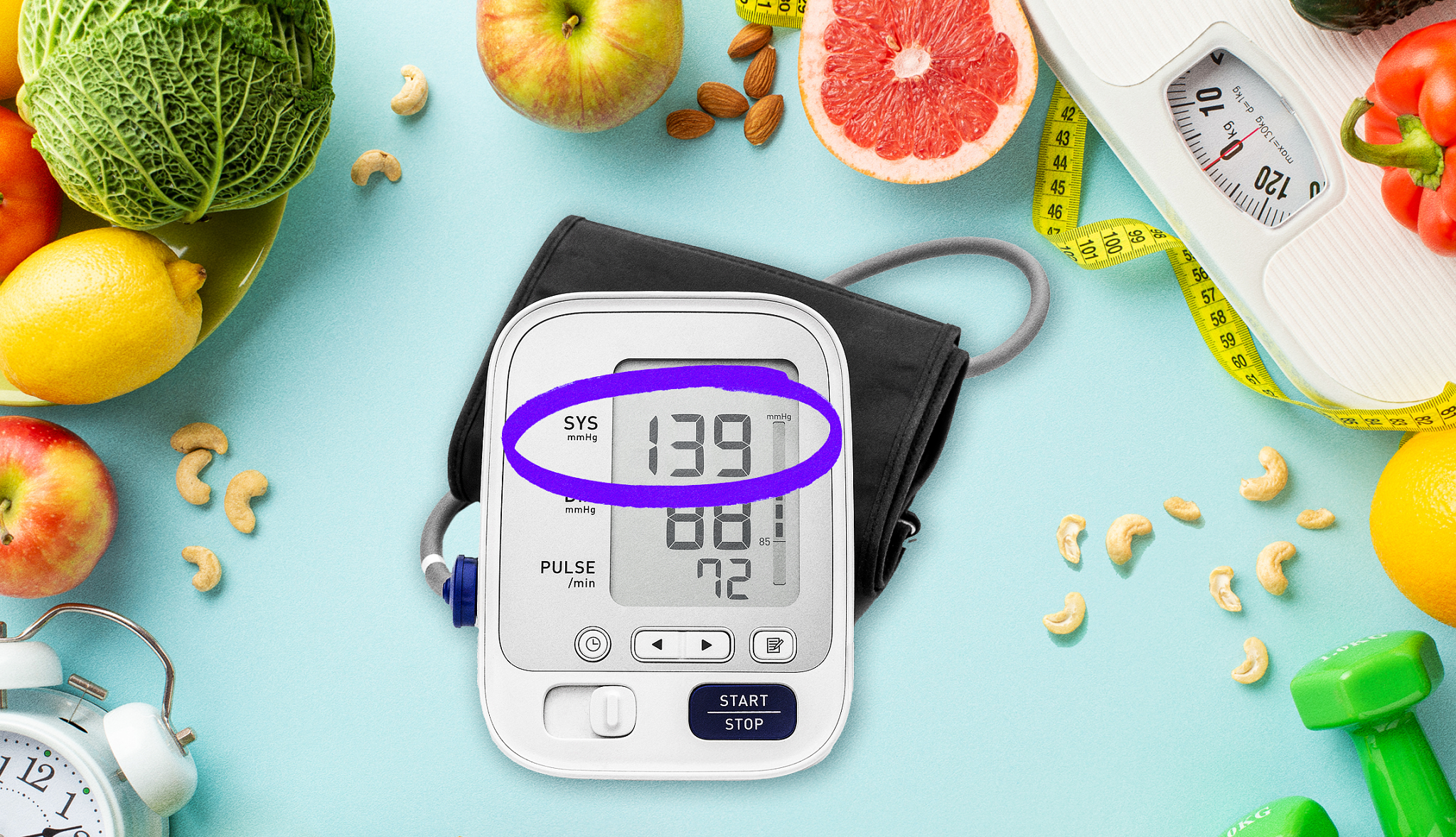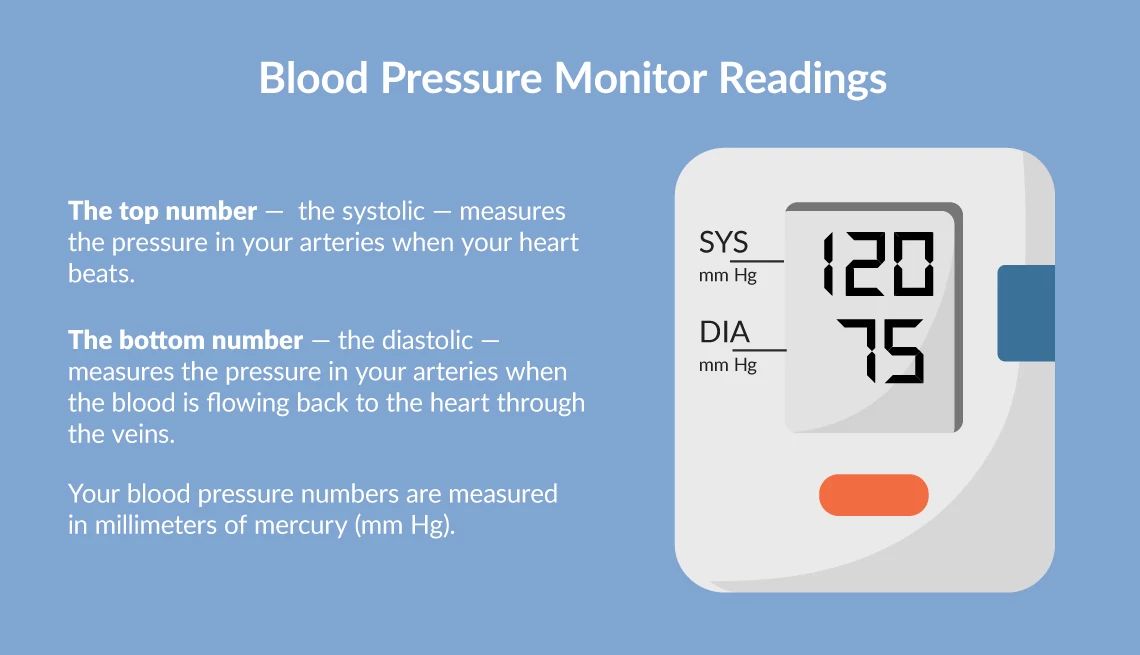AARP Hearing Center


Adults over 50 have reason to be concerned about high blood pressure, including systolic hypertension when the top number in the reading is 130 or above.
Hypertension becomes more common with age. Where 22.4 percent of those 18 to 39 have elevated blood pressure, that number increases to more than half — 54.5 percent — for individuals age 40 to 59, and 74.5 percent for those age 60 and over, according to the Centers for Disease Control and Prevention.
“The biggest cause of high systolic blood pressure is aging,” says Jordana Cohen, M.D., a nephrologist, associate professor of medicine and epidemiology at the University of Pennsylvania, and chair of the hypertension science committee for the American Heart Association. “As we age our blood vessels in our body tend to get stiffer … and the result of that is a rise in that top number in our blood pressure, the systolic number.”
“The systolic number represents your blood pressure after your heart has squeezed,” explains Varinder Singh, M.D., chair of cardiology at Northwell Lenox Hill Hospital in New York City. “So the blood is going into the vessels, and that’s your maximum pressure.” The pumping phase, when the heart muscle contracts, is known as systole.
It is a concern if both your top and bottom numbers are high — at 130/80 or above — or if just one is elevated. An estimated 15 percent of people 60 years old have what’s called isolated systolic hypertension. That is to say, the pressure in their arteries is 130 or above when the heart beats, but their diastolic, which is measured when the heart is relaxed, is below 80.


Systolic hypertension is more common than isolated diastolic high blood pressure, particularly in older people, notes Cora Elizabeth Lewis, M.D., chair of the department of epidemiology at the University of Alabama at Birmingham School of Public Health and a researcher involved in the Systolic Blood Pressure Intervention Trial Study. Called SPRINT for short, the long running series of studies focused on the impact of lowering systolic blood pressure on the cardiovascular system, kidney and brain.
Risk factors and causes of high systolic blood pressure
The causes of high systolic blood pressure, including isolated systolic hypertension, are similar to those for high blood pressure in general. At an arterial level, over time vessels tend to become stiffer and less elastic, and can narrow due to buildup of calcium and collagen. Like age, one’s genes and whether they have a family history of high blood pressure can substantially raise the risk for developing hypertension, including high systolic blood pressure.
But many modifiable risk factors also contribute to risk for high blood pressure. Those risk factors include:
- Obesity or being overweight
- Diet high in salt
- Lack of physical activity
- Heavy alcohol use
- Smoking
- Lack of sleep
- Medical conditions ranging from diabetes to kidney disease and hyperthyroidism
- Medications, from nonsteroidal anti-inflammatory drugs like ibuprofen to decongestants
- Chronic stress




































































More From AARP
9 Best (and 8 Worst) Foods for High Blood Pressure
Help control your blood pressure numbers by watching what’s on your plate6 Ways to Lower Your Blood Pressure Without Medication
Try these tactics to help fight hypertension and bring your numbers down
19 Heart-Smart Choices to Make Throughout Your Day
Treat your heart right morning, noon and night with these easy, research-proven, expert-endorsed ideas
Recommended for You